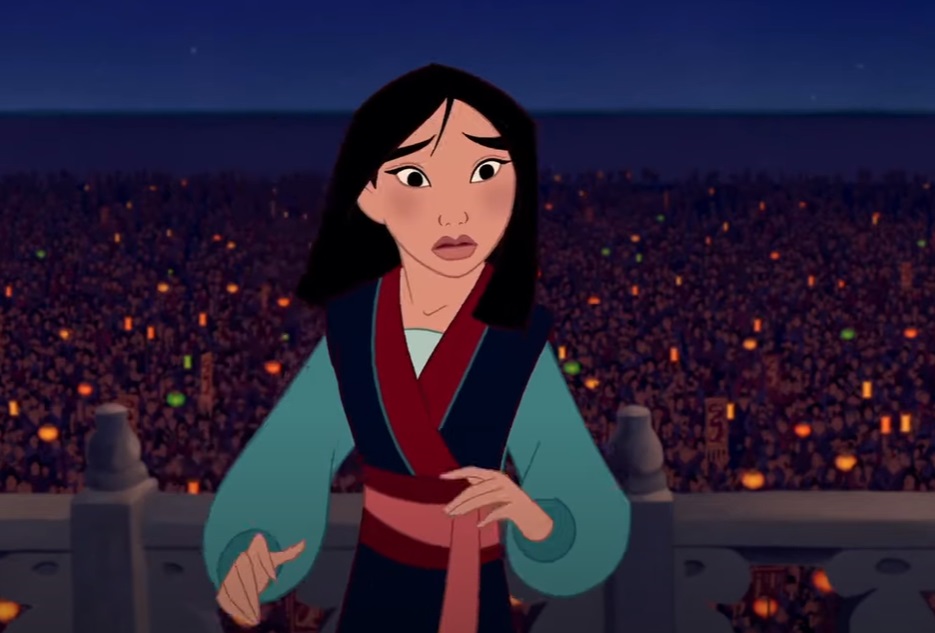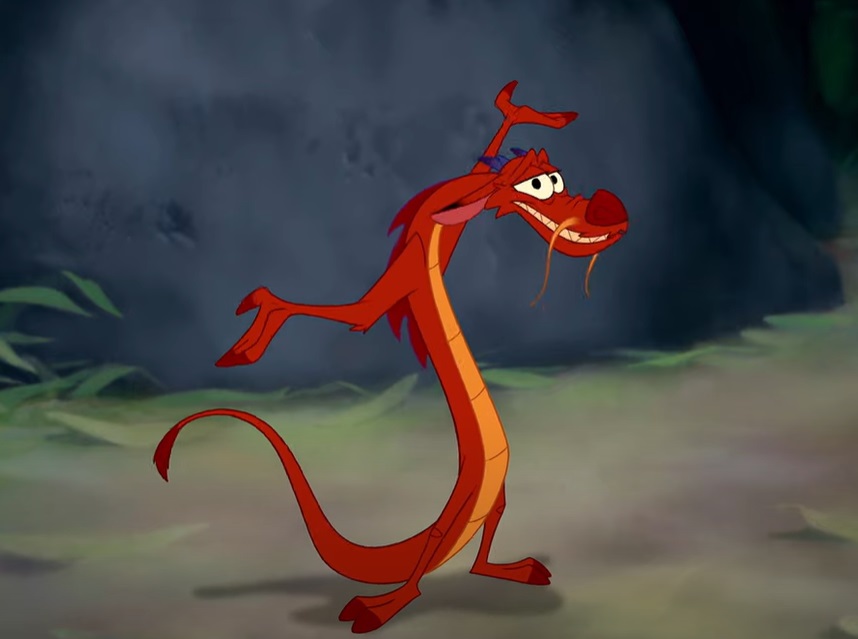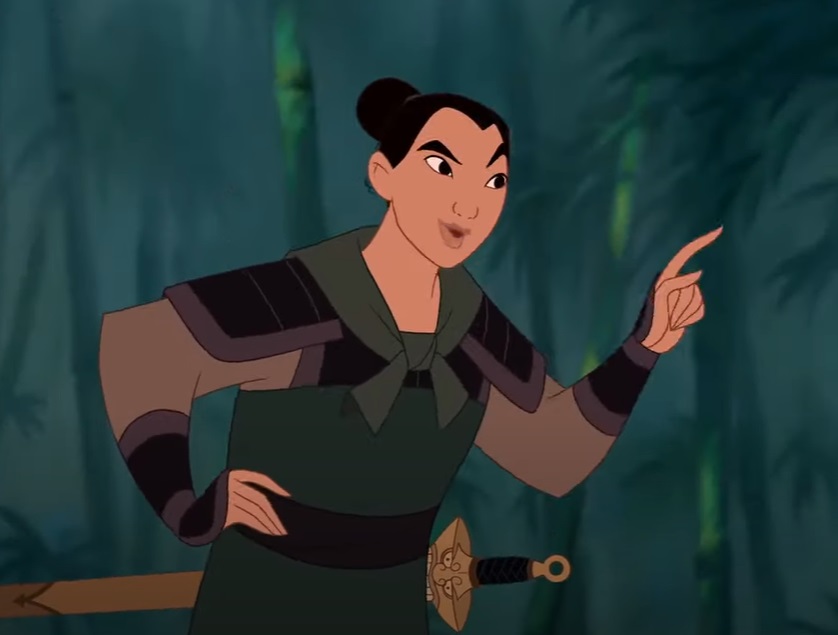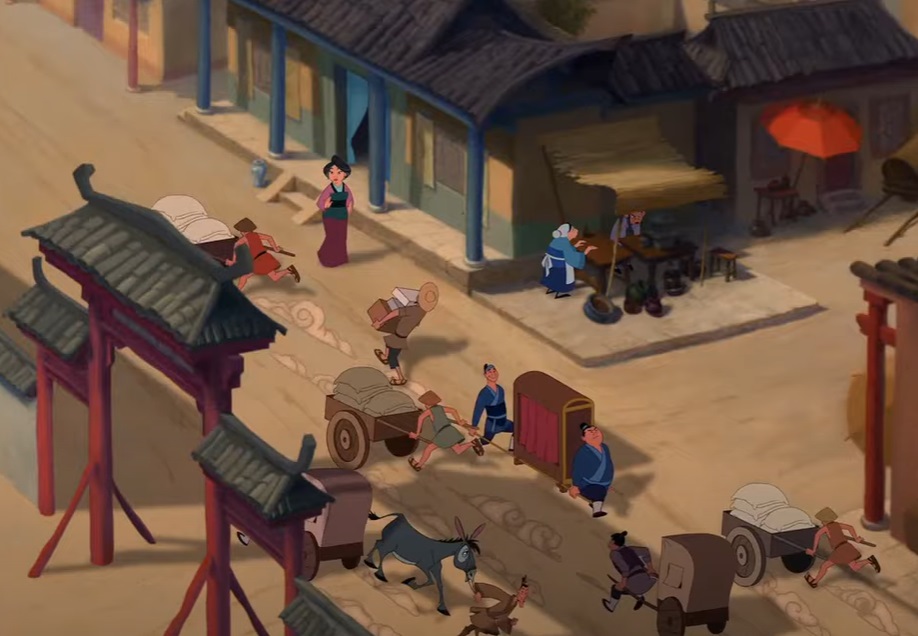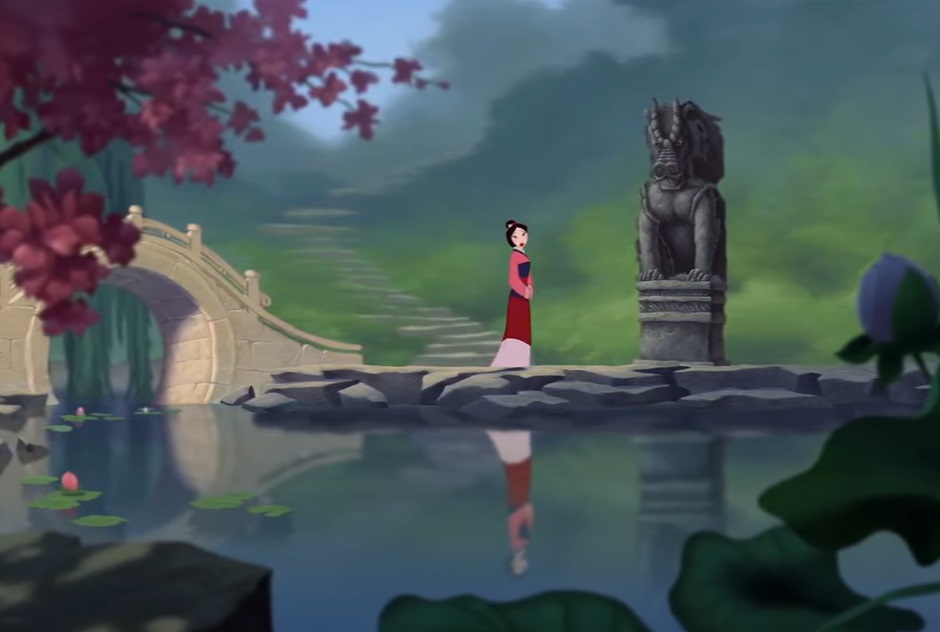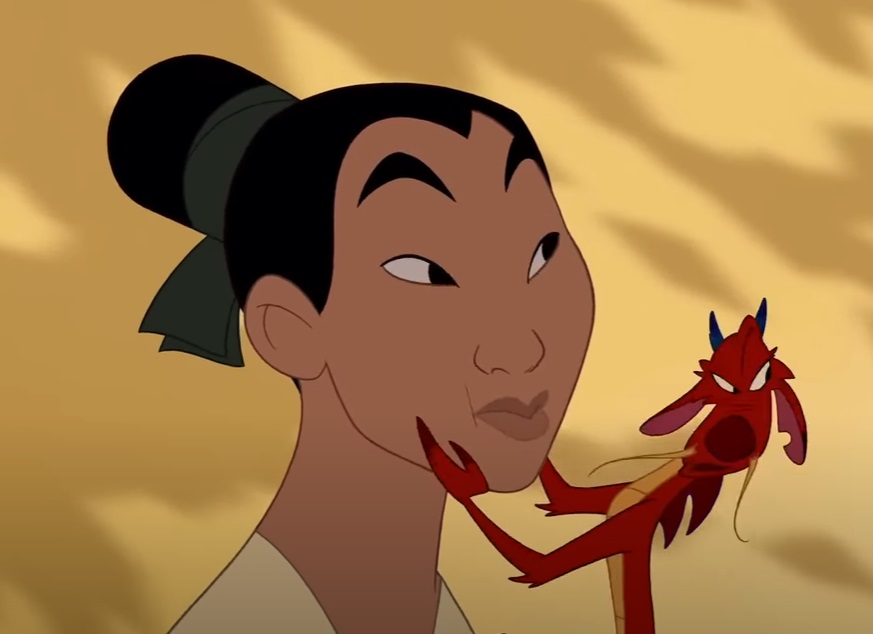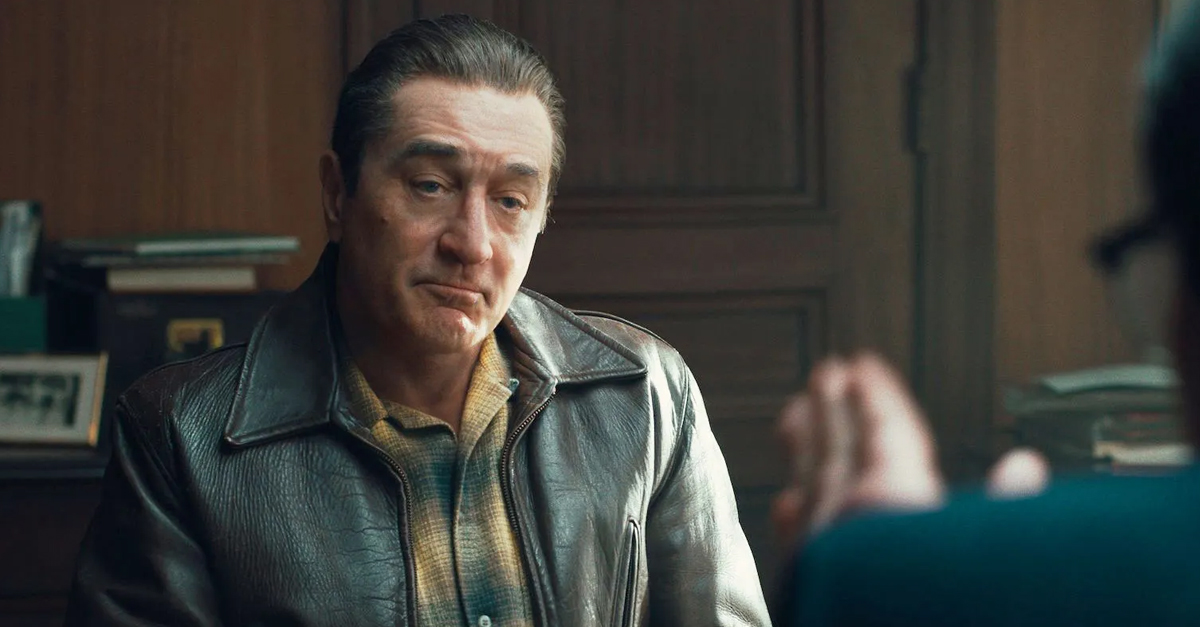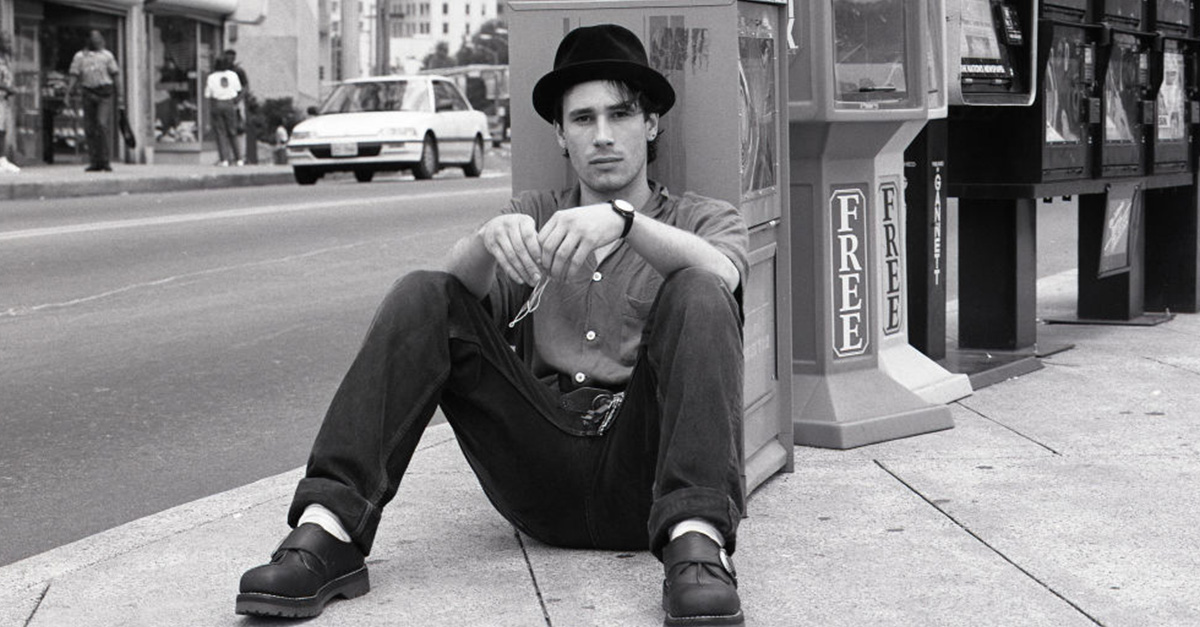A Girl Worth Fighting For
Disney’s Mulan blends elements from the legendary ballad with creative storytelling, prioritizing entertainment over historical accuracy. This results in a couple of inaccuracies when comparing the animated feature to the original legend.
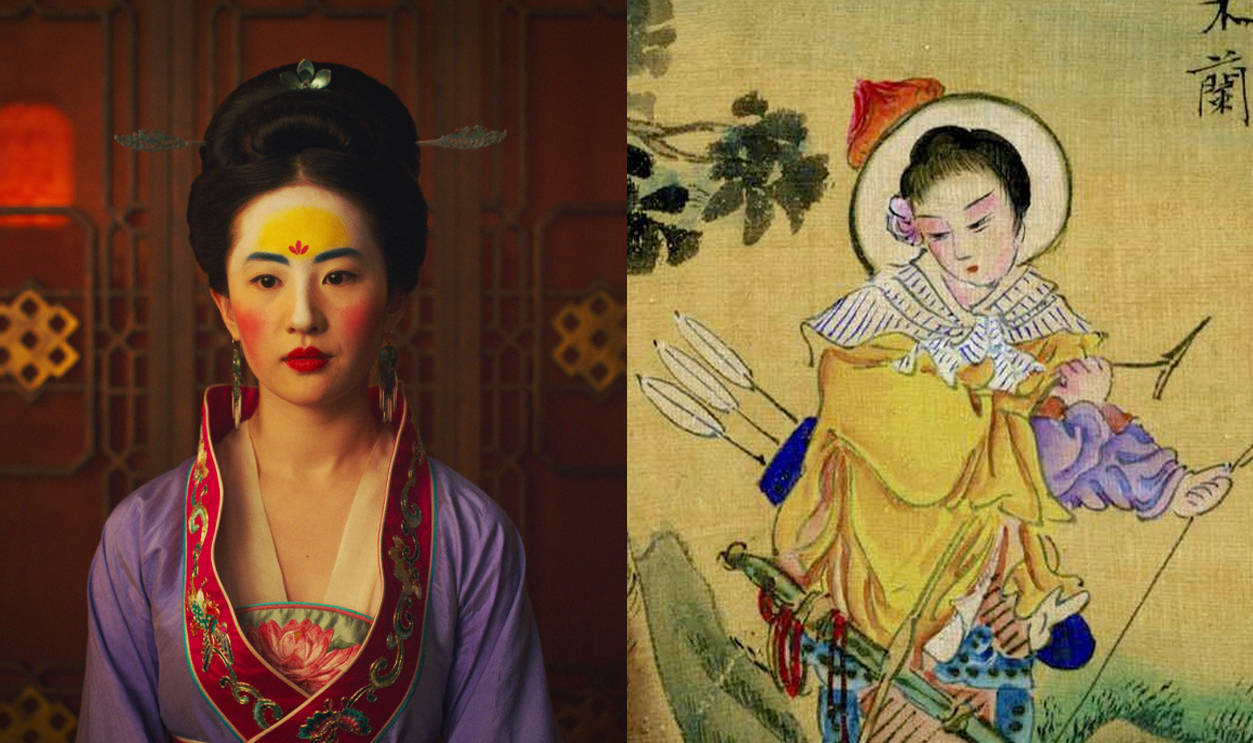
A Shift In Narrative
The movie emphasizes the Western theme of self-discovery, which contrasts with the traditional Chinese theme of collective duty.
Time Differences
Mulan's tale is set in the Northern Wei Dynasty, which is marked by turmoil. Disney deviates from this, incorporating aspects from the Ming Dynasty despite the big differences.
The Great Wall
The Great Wall in Disney's Mulan, reflecting the Ming Dynasty's sections, did not exist during the Northern Wei Dynasty, which is the historical period of Mulan's story.
Mulan's Secret
Mulan serves in the army in the ballad for 12 years undiscovered, revealing her true identity to her comrades after returning home. This is different from the film where her secret is exposed dramatically after she is injured.
Her Main Enemy
Mulan's foes were originally known as Xiongnu in history. However, Disney's movie referred to them as Huns, perhaps to make them more easily recognizable.
The Use Of Rockets
Mulan defeats Shan Yu with a firework rocket in Disney's movie, adding drama to the climax. However, gunpowder was not used in China until later, so it’s historically inaccurate.
Mushu The dragon
Mushu, Mulan's dragon sidekick, was created by Disney for comedic relief and appeal to younger audiences, with no basis in history.
Armor And Clothes
The film's costume choices were inspired by the Ming Dynasty and feature fabrics, colors, and designs not accurate to Mulan's time.
Mulan’s Age
Mulan was a young teenager when she joined the army and served for 12 years. In the film, her age is simplified to align with Disney character arcs.
 British Museum, Wikimedia Commons
British Museum, Wikimedia Commons
Captain Li Shang
Mulan's ballad emphasizes her military service and family devotion, without any romance. Disney adds a love interest, Captain Li Shang, to give the movie a lighter feel.
Mixing Cultural Elements
Disney’s Mulan mixes Chinese dynasties and East Asian cultures, resulting in a “melting pot” view that lacks historical accuracy.
Shan Yu
Shan Yu is a fictional character, not based on any real-life leader who attacked China during Mulan's time. He is a menacing villain, but he has no basis in history.
Mulan's Big Decision
Mulan replaces her father in the ballad due to his age and her younger brother being too young. The film simplifies this, focusing on her father’s injury as the reason she replaced him.
The Emperor’s Role
Disney’s Mulan shows the Emperor awarding Mulan, but historically, Emperors did not get involved in personal recognitions much.
Haircut Scene
Disney's dramatic scene of Mulan cutting her hair to pose as a man adds symbolism, but historically, Chinese soldiers didn't do this. In fact, soldiers typically kept their hair long.
Mulan's Weapon
Mulan's jian sword in the movie is a classic Chinese weapon but historically inaccurate for the Northern Wei period, with different weaponry and armor used then.
Cultural Ceremonies
The film inaccurately blends cultural traditions from different eras, such as in the matchmaking scene. This creates a rich backdrop, but it’s not faithful to any specific historical period.
Fa Family Shrine
Mulan's family shrine, portraying interaction with ancestors, is a creative portrayal not wholly accurate to Northern Wei religious practices.
Training Camp
Disney's military training camp in the film emphasizes camaraderie and personal growth, deviating from likely brutal and less formal historical methods.
The Matchmaker
Mulan exaggerates the matchmaker's role for dramatic effect. Historically, a matchmaker evaluated a candidate beyond poise and beauty.
Gender Dynamics
The film depicts rigid gender roles resembling Confucian values, which were not part of the Northern Wei period. In reality, Mulan had more freedom—but Disney exaggerated these cultural norms to support her brave and defiant personality.
Village Life
Mulan's village in the movie offers a generalized view of rural China that feels familiar with recognizable aesthetics, but lacks historical accuracy.
The Honor Concept
Honor in the film simplifies ancient Chinese values. It focuses on personal bravery instead of nuanced social and familial duties in order to appeal to a wider audience.
Dialogue And Language
The film uses modern Chinese language instead of historically accurate language from the Northern Wei period to enhance clarity for viewers.
Mulan’s Return
In the ballad, Mulan quietly resumes her female role after serving for 12 years, surprising her comrades without a grand reveal. This contrasts with her dramatic public reveal in the Disney film.
Imperial Palace
The film displays a grand Ming Dynasty palace, which is not historically accurate for Mulan's era in the Northern Wei period.
Ancestor Worship
Disney portrays ancestor worship in Mulan as interactive and mystical, including animated ancestors and a guardian dragon. This differs significantly from real solemn practices.
Family Relationships
Disney's Mulan focuses on family dynamics, highlighting duty and love, with a close grandmother and protective father. In the original ballad, there is less focus on these themes.
Military Ranks
The film's simplified military hierarchy streamlines the story for younger viewers, but lacks the intricate details of the real, complex structure of the Chinese military.
 BY Chu, CC BY-SA 2.0, Wikimedia Commons
BY Chu, CC BY-SA 2.0, Wikimedia Commons
Chinese Music
Disney's Mulan's soundtrack blends traditional Chinese instruments and Western styles for emotional impact, however, it isn’t historically accurate to the Northern Wei period.
The Matchmaking Process
Disney's version of matchmaking in Mulan is portrayed as a stressful public affair with exaggerated rituals. In reality, ancient Chinese matchmaking was a private family process, not a formal interview.
Mulan’s Training
Disney's Mulan simplifies the harsh military training of the Northern Wei period. Real training was often prolonged and focused on collective discipline over individual achievement.
Ancestor Representation
Disney's film portrays ancestors as funny and outgoing, while traditional Chinese ancestor worship is more solemn and reverent. The portrayal in the film misrepresents the spiritual role of ancestors.
Mulan’s Family Name
The Ballad of Mulan does not mention her family name. Historically, her surname was "Hua" or "Wei" in different versions, reflecting cultural interpretations. Disney, on the other hand, names her "Fa".
Use Of Comedy
Disney adds comedy with characters like Mushu and Cri-Kee, lightening the tone of Mulan. The original ballad is serious, focusing on duty, honor, and sacrifice, lacking comedic relief.
Role Of Women
The film portrays women in traditional roles, which was influenced by later Confucianism and is not accurate for the Northern Wei period. Disney's decision to portray women as such was to create a strong contrast with Mulan's strong-driven character.
Mulan’s Identity Crisis
Disney’s Mulan faces an identity crisis as a woman in a patriarchal society, torn between duty to family and self. In contrast, the ballad emphasizes Mulan’s actions and their impact on her family and country, versus her personal identity.
Role Of Spirits
Disney's Mulan features spirits like Mushu and ancestors actively guiding Mulan, deviating from traditional Chinese beliefs where spirits provide guidance through subtle signs.
Cri-Kee The Cricket
Cri-Kee, Mulan's cricket companion in Disney's film, symbolizes Chinese beliefs in luck and destiny. His quiet demeanor complements Mushu's flamboyance, adding humor and depth to the story. He's a great addition to the film—despite not being in the original ballad.


